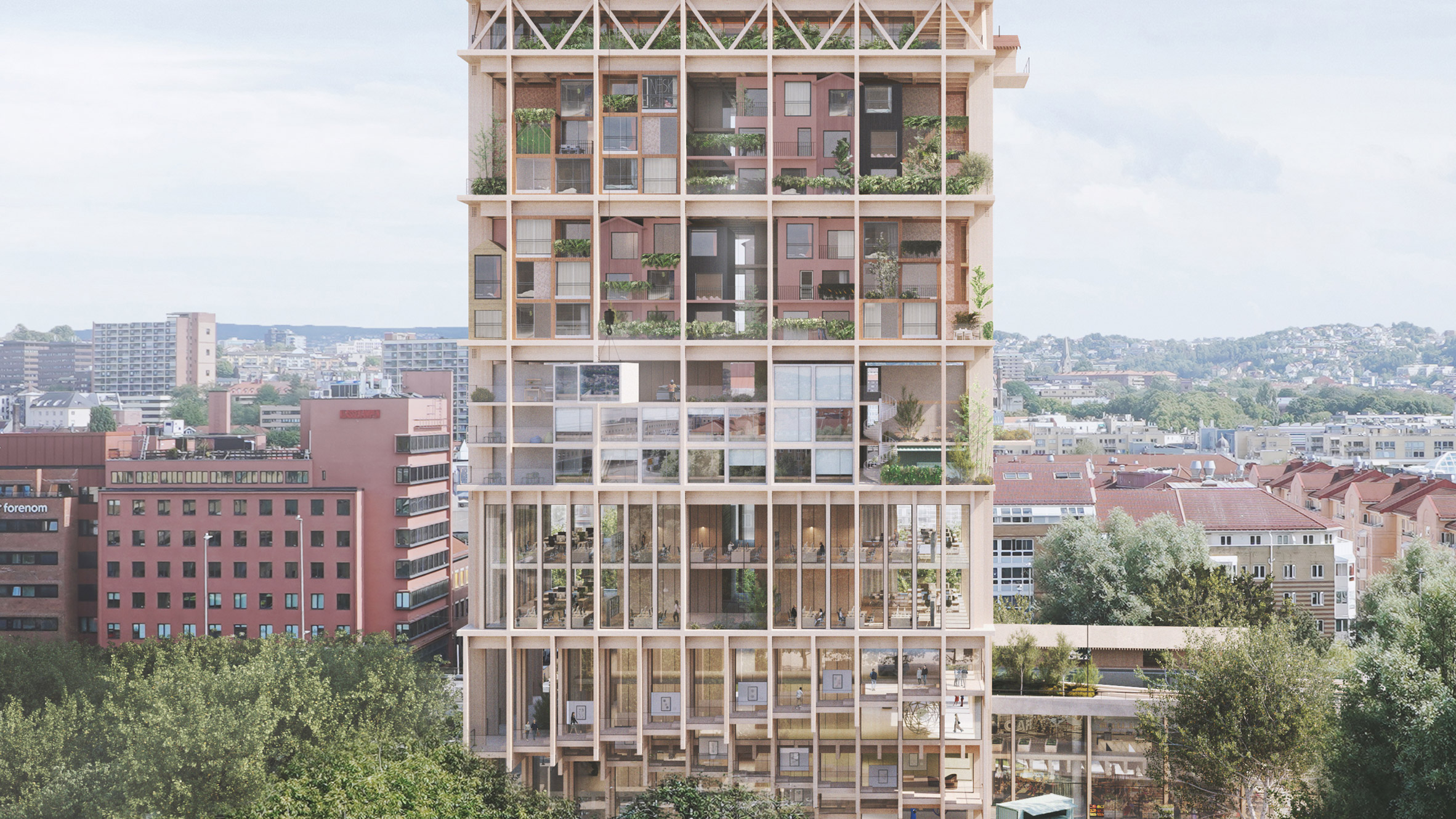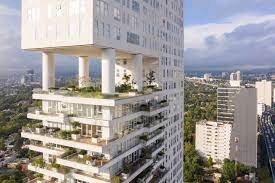Residential high-rise buildings are a prominent feature of urban landscapes and provide a unique living experience for urban dwellers. As the demand for high-density housing in cities continues to rise, architects are tasked with creating innovative and sustainable solutions to meet the housing needs of urban residents. With careful consideration of space efficiency, environmental impact, and creating a sense of community, architectural design plays a crucial role in shaping the high-rise living experience. Here are some architectural solutions tailored to meet the needs of urban dwellers in high-rise residential buildings:
Vertical Community Design
High-rise buildings offer the potential to create a sense of community among residents, despite living in a dense urban environment. Architects can incorporate shared spaces such as rooftop gardens, communal lounges, and recreational areas to foster social interaction and create a sense of belonging and connection among residents. These spaces can serve as gathering points, encouraging social engagement and a sense of community within the high-rise environment.


Sustainable Design Integration
With a focus on sustainability, architects can employ green building strategies in high-rise residential design. This may include features such as energy-efficient HVAC systems, water conservation measures, green roofs, and the use of eco-friendly materials. Integration of renewable energy sources, such as solar panels, further enhances the sustainability of the building, reducing its environmental impact and promoting energy efficiency.
Amenity-Rich Living Spaces
High-rise buildings offer the opportunity to incorporate a wide array of amenities within the residential complex. From fitness centers and swimming pools to co-working spaces and entertainment areas, architects can create an all-inclusive living experience that meets the diverse needs and interests of urban dwellers, offering convenience and value within the building.
Adaptive Living Spaces
Efficient use of space is crucial in high-rise residential design. Architects can integrate flexible and adaptable living spaces that maximize functionality and comfort within a limited footprint. This may include convertible furniture, multifunctional rooms, and smart storage solutions that cater to the diverse lifestyles and spatial requirements of urban residents.
Biophilic Design Elements
Integrating biophilic design principles in high-rise residential buildings can help establish a connection to nature within an urban setting. Architects can introduce natural elements such as indoor plants, green walls, and natural light into the building, creating a sense of tranquility and well-being within the interior spaces.
Vertical Green Spaces
Given the limited ground area in urban environments, architects can incorporate vertical greenery through the use of balconies, terraces, and facades with plantings, providing residents with access to green spaces and enhancing the visual appeal of the building.
Technological Integration
High-rise residential buildings can benefit from the integration of smart technologies, including home automation systems, high-speed internet connectivity, and advanced security features, providing residents with modern conveniences and promoting a tech-savvy lifestyle.
Conclusion
In conclusion, architectural solutions for high-rise living are multidimensional, encompassing elements of sustainability, community, functionality, and well-being. By integrating these architectural solutions, architects can create high-rise residential buildings that not only offer efficient and comfortable living spaces but also contribute to the vibrancy and sustainability of urban environments, meeting the needs and aspirations of urban dwellers.